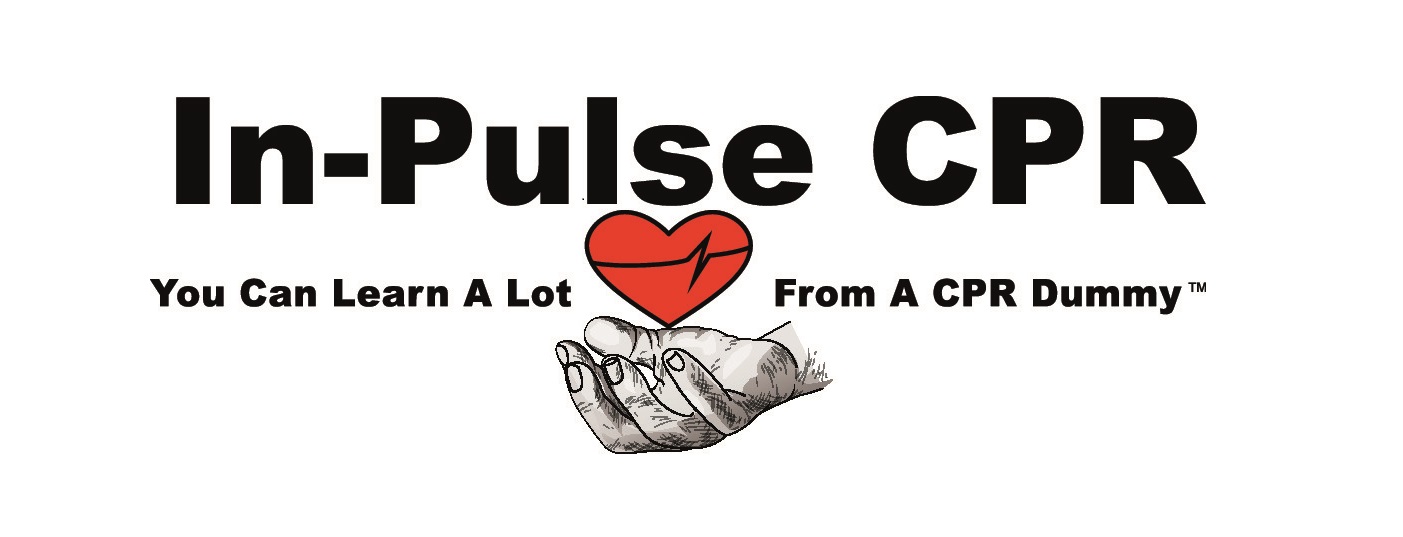We need a ‘CPR Training’ Requirement for Graduating High School Students in Pennsylvania Public Schools
Currently there are 18 states that have a requirement for students to learn CPR before they can graduate. According to the Sudden Cardiac Arrest Foundation- “Additional states have CPR/AED education requirements for schools, but there are limitations. For example: In Illinois, schools are required to offer CPR/AED training, but students are not required to undergo training (HB 3724). In Indiana, CPR/AED training is a requirement for graduation from high school, but schools can get waivers to opt out of the training requirement (HEA 1290). In Nevada, students must undergo CPR/AED training…as long as funds are available.” Pennsylvania currently has no requirement for school age students to learn CPR. Learning CPR is so important; chances are, the one who needs it will be a loved one. You can enact change by contacting your local school board and your congressmen.
The Importance of CPR as a Requirement in Pennsylvania High Schools
Cardiac arrests can happen suddenly, at any time, to anyone, accompanied by chest discomfort and a shocking degree of pain. Usually, when the pain starts in an arrest victim, they will collapse, making it impossible for them to seek help for themselves. Without the right assistance, a sudden cardiac arrest or heart issue could be the cause of an individual’s untimely death, but with CPR training, lives can be saved.
If an individual collapses as a result of a cardiac arrest, someone who has CPR training could be able to revive them and keep them conscious until a paramedic team arrives, and this could be the difference between life and death.
In the state of Pennsylvania, specifically, heart disease has been found to be the major culprit of deaths amongst men and women. In 2010, there were approximately 338 Pennsylvanian residents dying of stroke and heart disease, per day. Heart disease can lead to a weakened heart muscles, causing heart failure and cardiac arrest issues. The plausible solution considered by the Pennsylvania government as an effort to reduce death due to sudden heart issues, is to educate high-school students about CPR, providing a community of ordinary locals who are capable of saving someone else’s life in an emergency situation.
The Emergency Cardiovascular Care Update
Recently, representatives from a variety of nonprofit organizations gathered from different nations to collaborate and develop an overview regarding the status of AED and CPR education within American high schools as part of an emergency care update.
After asking school nurses whether their school provided an AED or CPR training program for students, the results were rather disappointing, with only 17% commenting that CPR education was required, and 16% stating that it was an optional form of education. Although the recent reports regarding CDC school health policies and the poll results of national school nurses have proven to be disappointing, there has been some indication that CPR education in schools is beginning to gain strength as a concept.
The Critical Nature of Learning CPR
In 2011, a statement was issued by the American Heart Association which urged legislators to push CPR as an educational requirement for students to learn before graduating high school. At the time, thirty-six states began to encourage CPR training with their legislation, and sources suggest that there are approximately 18 state which currently require quality AED/CPR training, including psychomotor skills for students before they graduate. However, CPR training is still not a mandatory part of education within Pennsylvania schools, despite the evidence that it is one of the states that could potentially benefit greatly as a result of it.
One of the reasons that is cited for why heart attacks can lead to the sudden death of a victim, is that there is no emergency medical response given immediately. The concept of introducing AED/CPR training in schools is to make sudden heart-related deaths less common by providing individuals who can help.
For states that are interested in making CPR mandatory within schools, a model legislation has been pieced together that requires private, public and charter schools to make CPR and AED training a requirement before graduation. The legislation would require licensed teachers to provide authorized AED/CPR training.
###



